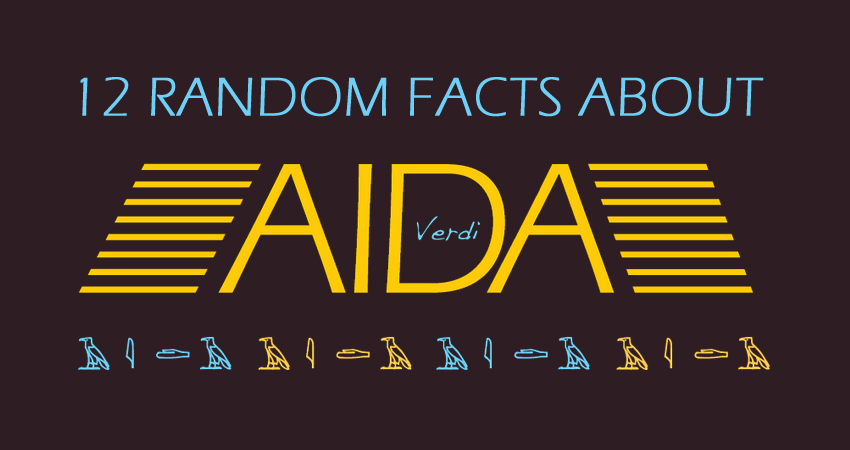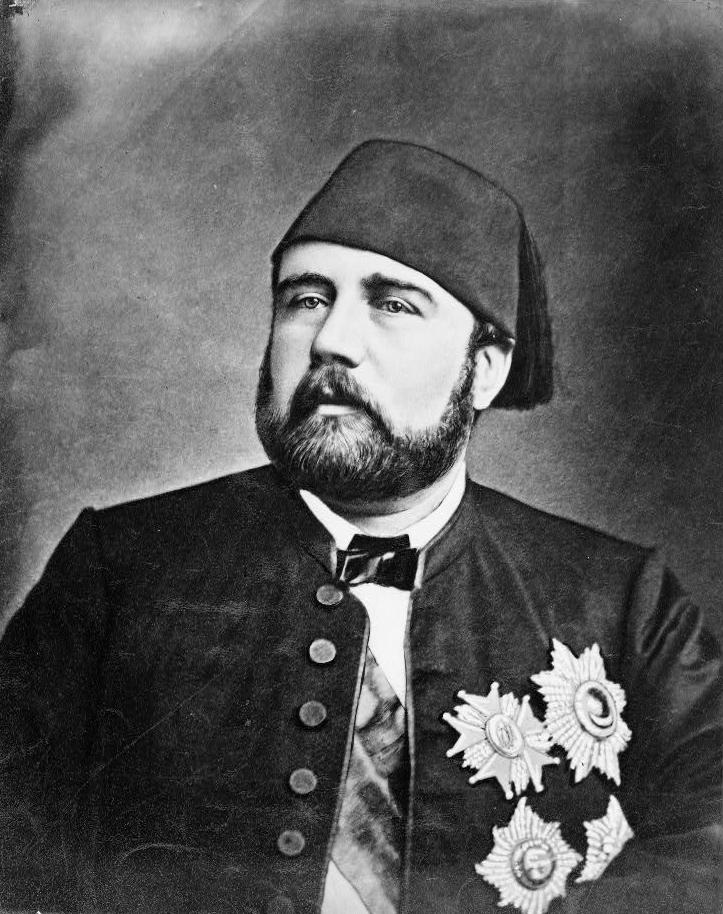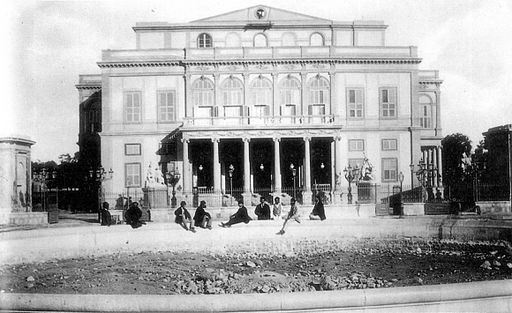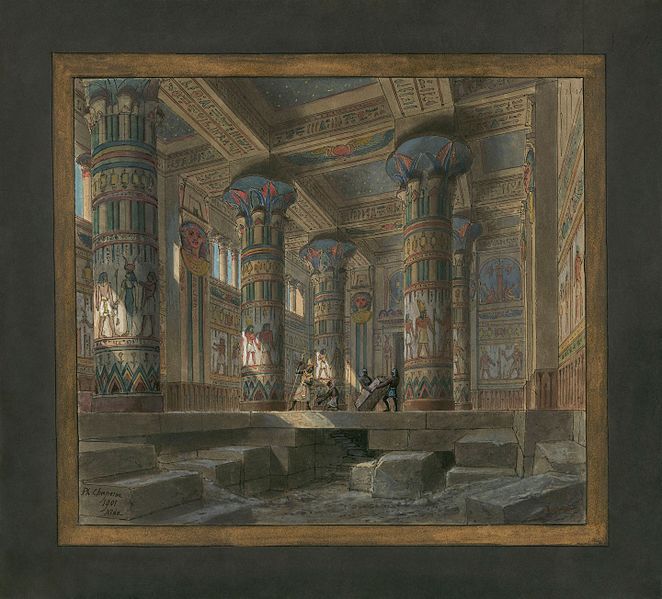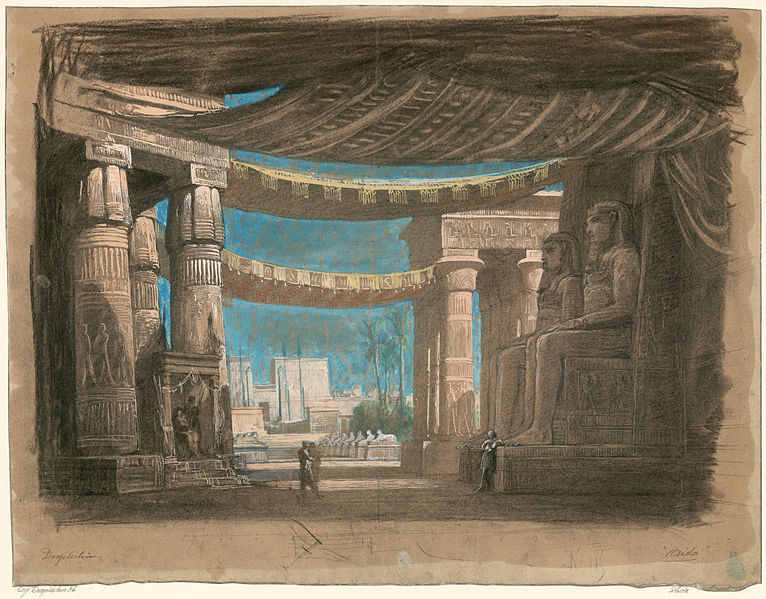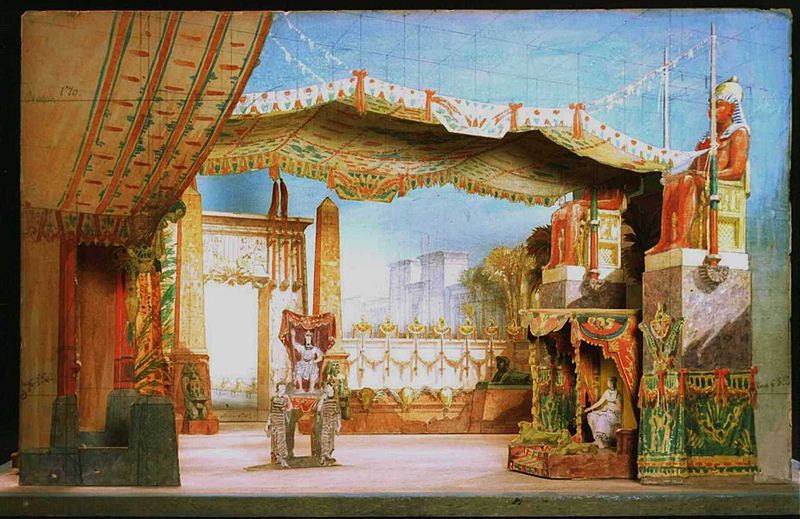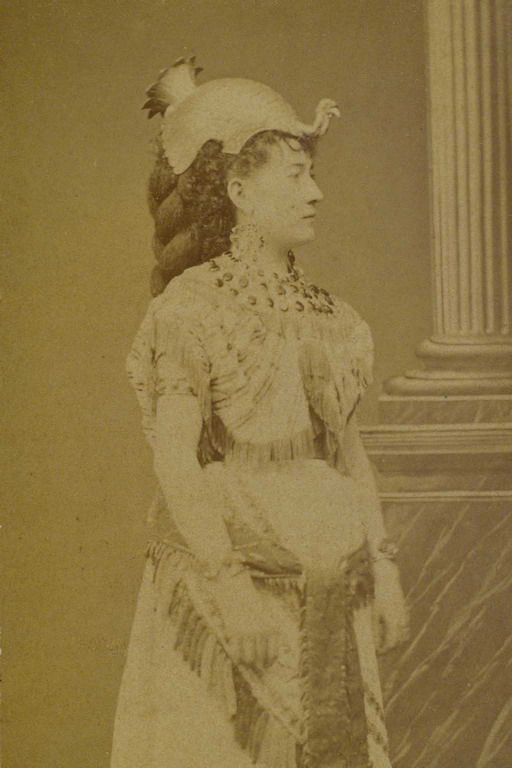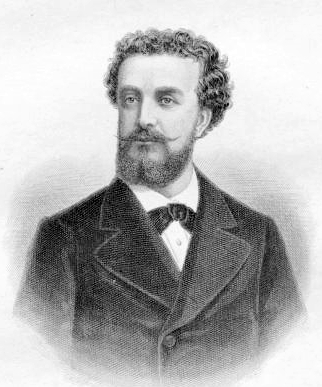Want to know a little more about Verdi’s Aida? Here are 12 random facts about it’s history and performances over the years:
1. Isma’il Pasha, Khedive (ruler) of Egypt, commissioned Verdi to write Aida to celebrate the opening of the Khedivial Opera House but Verdi failed to deliver in time for the scheduled opening night in February 1871 due to scenery and costumes being stuck in Paris because of the Siege of Paris (1870-1871)
2. Aida was first performed at the Khedivial Opera House in Cairo on Christmas Eve, 1871
3. There is some debate as to the origins of Aida. It is often attributed to having been inspired by an outline of a story Verdi received from Auguste Mariette; a renowned French scholar of Egyptian culture and founder of the Cairo Museum. However, Verdi biographer Mary Jane Phillips-Matz has argued that the scenario was actually written by Temistocle Solera
4. Metastasio’s libretto La Nitteti (1756) is considered to be a major source of the plot
5. Working with Camille Du Locle, director of the Paris Opera Comique, Verdi originally wrote Aida as French prose. It was then transformed into Italian poetry
6. The costumes and accessories for the premiere were designed by Auguste Mariette who was also trapped in Paris during the Siege of Paris
7. Auguste Mariette also oversaw the design and construction of the sets, which were made in Paris by the Opéra’s scene painters Auguste Rubé and Philippe Chaperon and Edouard Despléchin and Jean-Baptiste Lavastre and shipped to Cairo
Set design for Act 4, scene 2 of Giuseppe Verdi’s opera Aida as performed at the Palais Garnier, Paris in 1880
Set design for Act 2 tableau 2 (“Entrance to Thebes”) of Aida as first performed at the Cairo Opera House on 24 December 1871
8. Verdi did not attend the premiere in Cairo and was most dissatisfied with the fact that no members of the general public were invited. He therefore considered the Italian (and European) premiere – held at La Scala, Milan on 8 February 1872 – to be its real premiere
9. Maria Waldmann was considered to be Verdi’s personal favourite performer for the role of Amneris and repeated her performance a number of times at his request
10. Aida had it’s UK premiere on 22 June 1876 at the Royal Opera House, Covent Garden with Adelina Patti as Aida, Ernesto Nicolini as Radamès, and Francesco Graziani as Amonasro
11. As of 2007, the Metropolitan Opera alone had given more than 1,100 performances of the opera, making it the second most frequently performed work by the company behind La bohème
A scene from Act I of Verdi’s AIDA, from the Met’s “Live in HD” series.
12. The “Triumphal March” in Act II is the most famous melody in Aida. This march is used for the cheering of football teams around world
Verdi Opera Aida – Gloria all’ Egitto, Triumphal March
To book tickets to see South Downs Opera’s performances of Aida in October 2015 click here.

